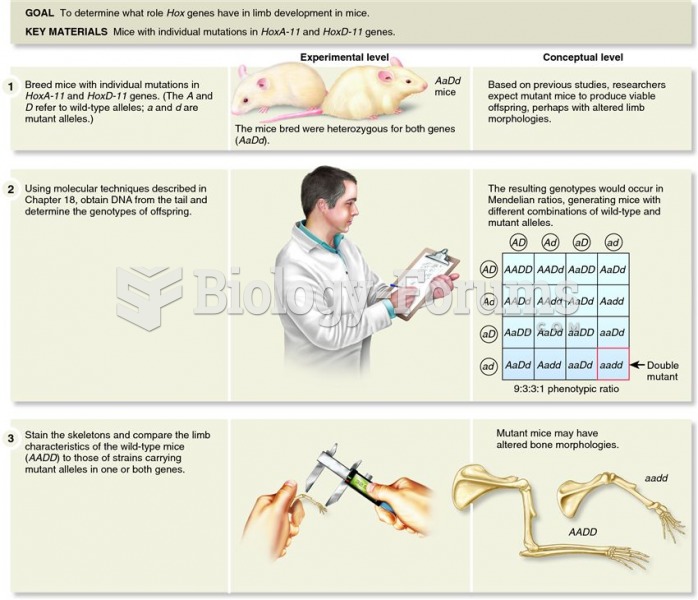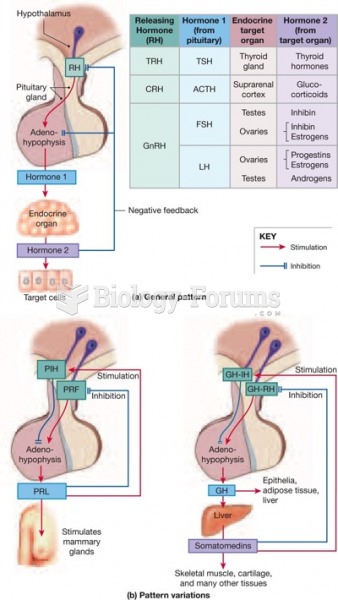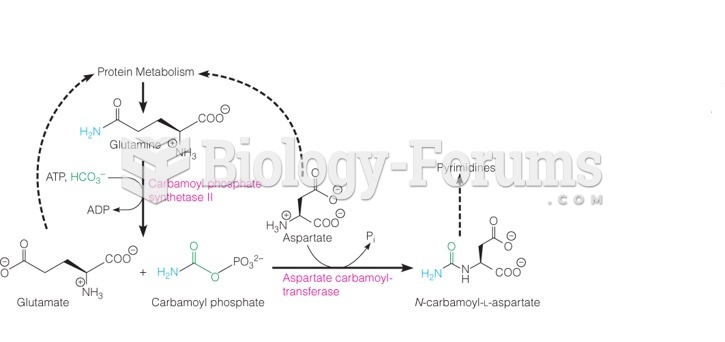Answer to Question 1
Answers will vary according to student. Cost-effectiveness can be applied to the desired level of pollution control. As Figure 2-14 shows, a significant benefit may be achieved by modest degrees of cleanup. Note, however, how differently the cost and benefit curves behave with increasing reduction of pollution. At some point in the cleanup effort, the lines cross, and the costs exceed the benefits. Few additional benefits are realized when cleanup begins to approach 100, yet costs increase exponentially. This behavior follows from the fact that living organismsincluding humanscan often tolerate a threshold level of pollution without ill effect. Therefore, reducing the level of a pollutant below its threshold level will not yield an observable improvement. Optimum cost-effectiveness that meets the efficiency criterion for public policy is achieved at the point where the benefit curve is the greatest distance above the cost curve. However, the perspective of time should be considered in calculating cost-effectiveness (Figure 2-15). A situation that appears to be cost ineffective in the short term may prove extremely cost effective in the long term. This is particularly true for problems such as acid deposition and groundwater contamination from toxic wastes.
What has been the result of environmental regulation to date? Pollution of air and surface water reached critical levels in many areas of the United States in the late 1960s, and since that time, huge sums of money have been spent on pollution abatement. Benefit-cost analysis shows that, overall, these expenditures have paid for themselves many times over in decreased health care costs and enhanced environmental quality. Consider the phasing out of leaded gasoline as just one example. The project cost about 3.6 billion, according to an EPA benefit-cost report. Benefits were valued at over 50 billion, 42 billion of which were for medical costs that were avoided
Answer to Question 2
The oil from Canadian oil sands is being depleted rapidly. The oil sands account for 10 of the United States' imported oil supply.







